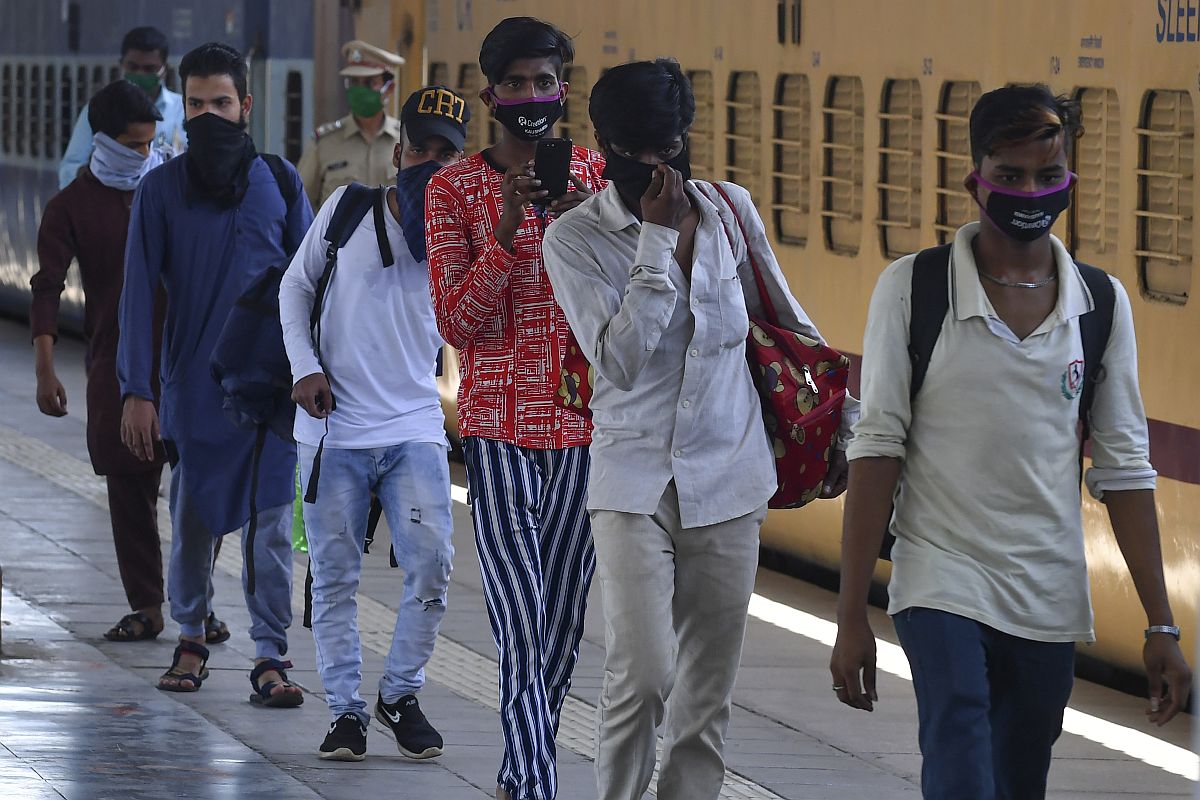Shah holds road show in Guwahati
The roadshow spanned approximately 2 kilometers, commencing from the Cycle Factory and concluding at the Lal Ganesh area.
As the poll battle is poised to be tough and intriguing, each of the votes does carry its value. Parties in the fray are in no mood to take chances to ignore the worth of migrant workers’ votes in the upcoming twin polls.

File Photo
Migrant workers who have left their places of nativity to other States to eke out a living are likely to play a role in deciding the poll outcome in several parliamentary and Assembly constituencies in migration-prone districts of Odisha.
As the poll battle is poised to be tough and intriguing, each of the votes does carry its value. Parties in the fray are in no mood to take chances to ignore the worth of migrant workers’ votes in the upcoming twin polls.
Odisha is going to simultaneous polls for the 147 Assembly and 21 Lok Sabha seats on May 13, May 20, May 25 and June 1. In the 2019 Lok Sabha polls, the Biju Janata Dal (BJD) with 12 seats bagged the maximum number of seats, followed by the BJP (8) and the Congress (1).
Advertisement
In the last assembly election, held simultaneously with the general election in 2019, the BJD had recorded thumping electoral success winning 113 of the 147 seats. The BJP stood at distant second with 23 seats, followed by the Congress with 9. The CPM won one seat and another was won by an Independent.
The migration is a perennial feature in almost all parts of the State. Abysmal lack of employment opportunities has triggered large-scale exodus of human resources right from the Ganjam, the home district of Chief Minister Naveen Patnaik to the backward Nuapada district.
The distress migration is more pronounced in around 500 gram panchayats of 20 blocks of Bolangir, Nuapada, Bargarh and Kalahandi districts. The affected blocks in these four districts are Bangomunda, Belpara, Khaprakhol, Muribahal, Titlagarh, Turekela, Gaisilet, Jharbandh, Padampur, Paikmal, Bhawanipatna Sadar, Golamunda, Lanjigarh, M. Rampur, Th. Rampur, Boden, Khariar, Komna, Nuapada and Sinapalli, according to officials.
In the remaining parts of the State, there is seasonal migration of workforces including skilled labour.
It remains to be seen whether the migrant workers who are firmly ensconced outside the State undertake a homeward journey to participate in the upcoming polls. However, ahead of the polls, the parties and candidates fighting are understood to have activated their agencies to bring them back home before the polls. After all, the votes of these migrant workforces and the registered voters of their family count a lot.
“My father may skip the vote. He is settled in Kochi in Kerala. He has already expressed unwillingness to turn up. He is disillusioned with the lack of developmental work in the village. Canal water is not reaching our village as it is situated at the tail end of the canal system. Drinking water problem has not been solved by people’s representatives over the years”, said Raghunath Rout of NImapursasan village in Kendrapara district explaining his father’s unwillingness to vote.
Raghunath Rout, a native of Gobindanagar village in Ganjam district, spoke on the same line.
“My father and elder brother have shifted to Surat in Gujarat for the past five years. They are working on a spinning meal. In 2019 general elections for the assembly and Lok Sabha, they had returned home to take part in the voting. They will only come to vote if the employer grants them paid leave. In 2019, they were allowed paid leave. But this time, the employer is reluctant to do the same”, he said.
The coastal State, infamous for exodus of skilled and unskilled labourers to other parts of the country in quest of bread and butter, had witnessed homeward influx of over 10 lakh people during pandemic outbreak. However, the actual figure of migrant labourers in the State could go up manifold.
Advertisement